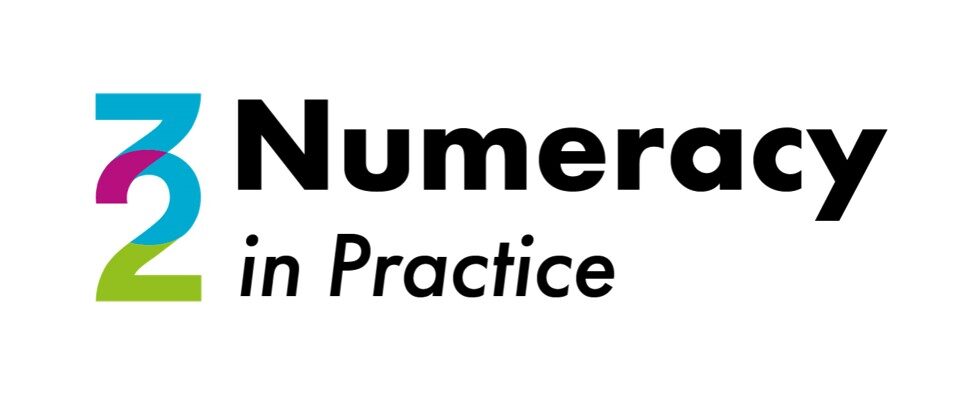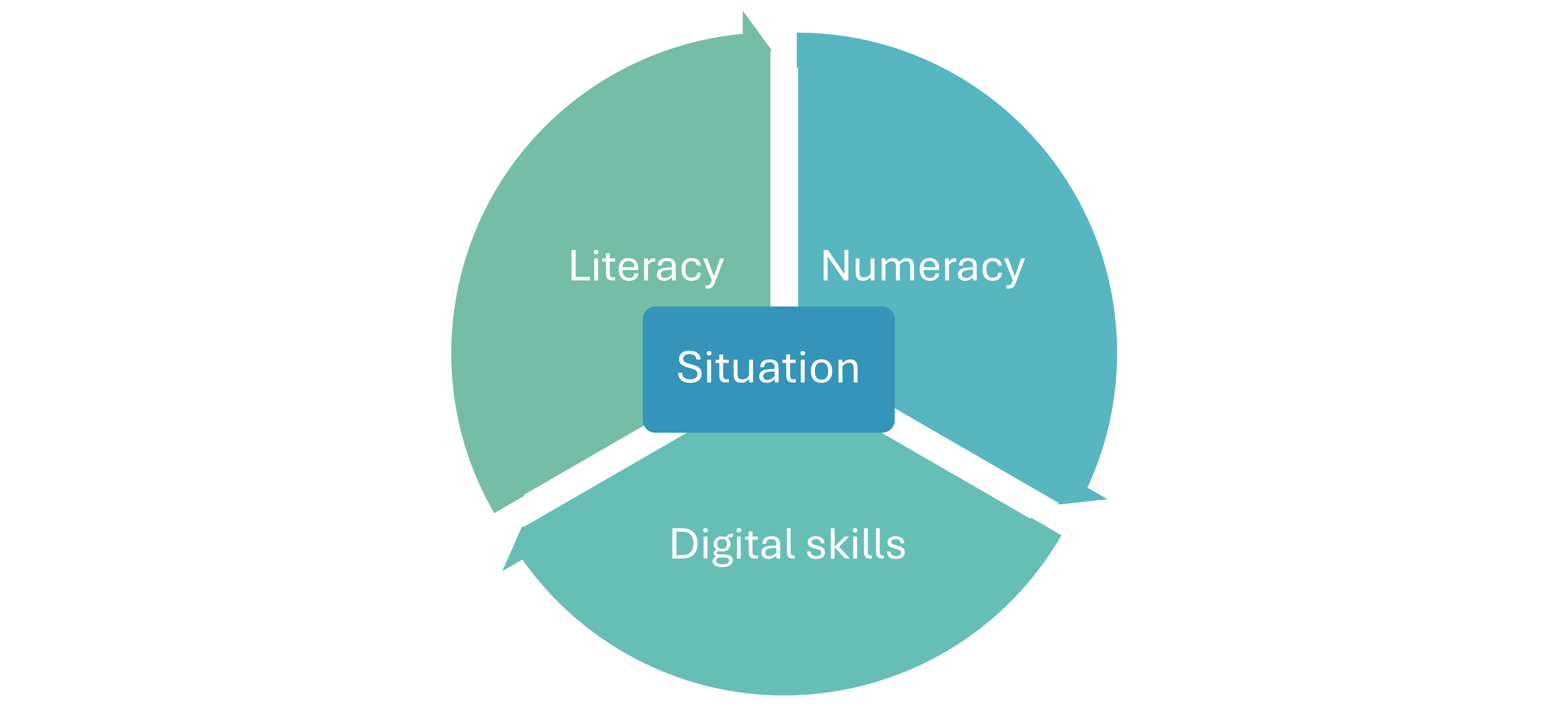We value your feedback!
Thank you for visiting our website. Your experience matters to us. Please take a moment to fill out our brief questionnaire at the end of your visit. Your input will help us enhance our materials and their impact. Feedback Form – Click Here!














